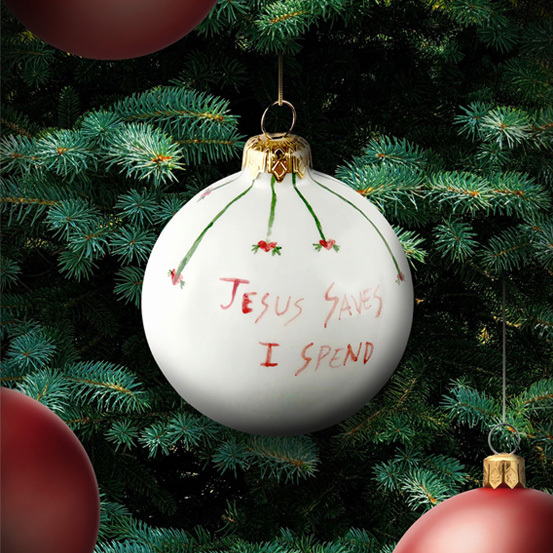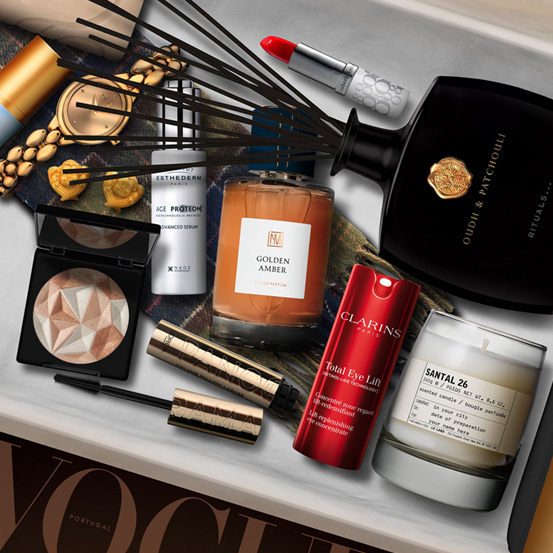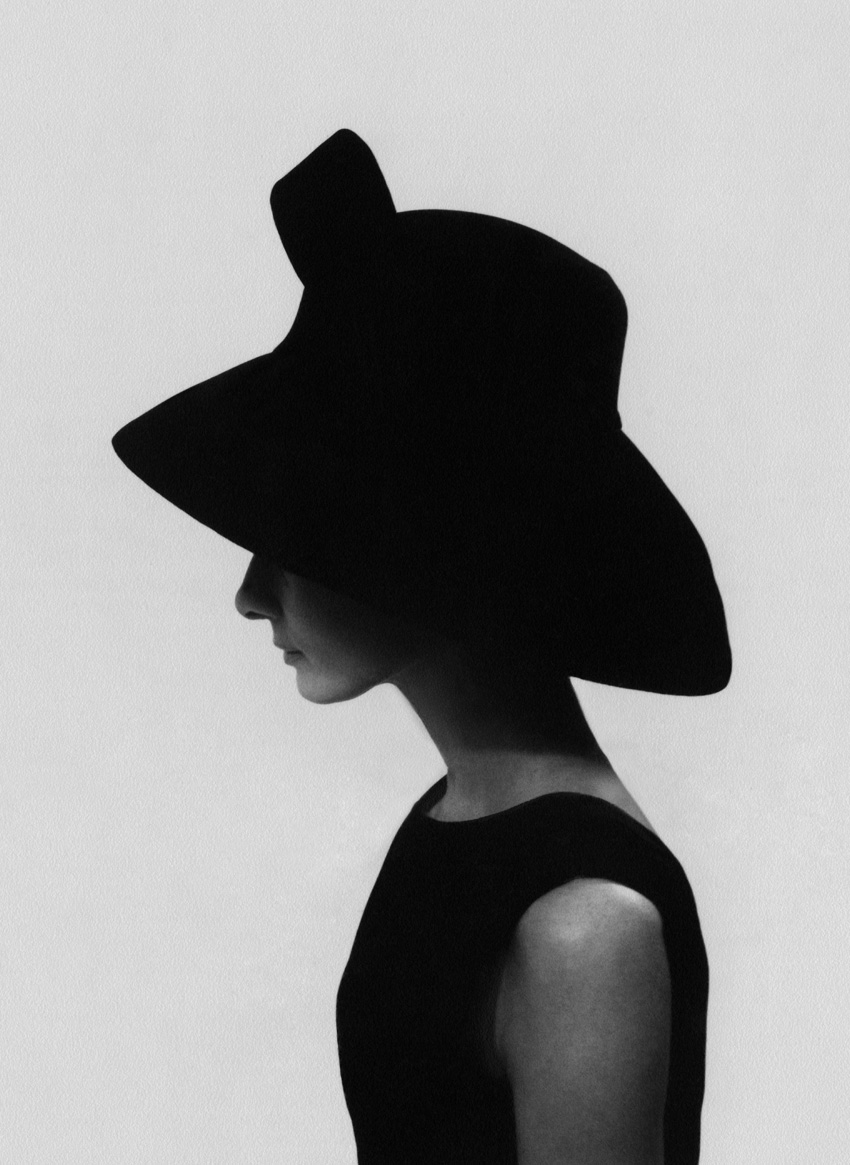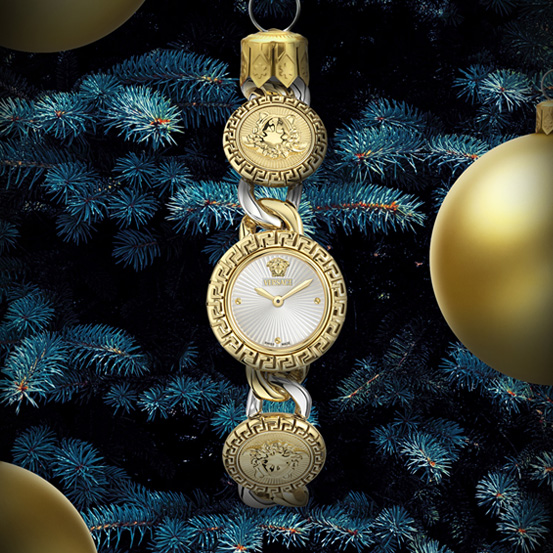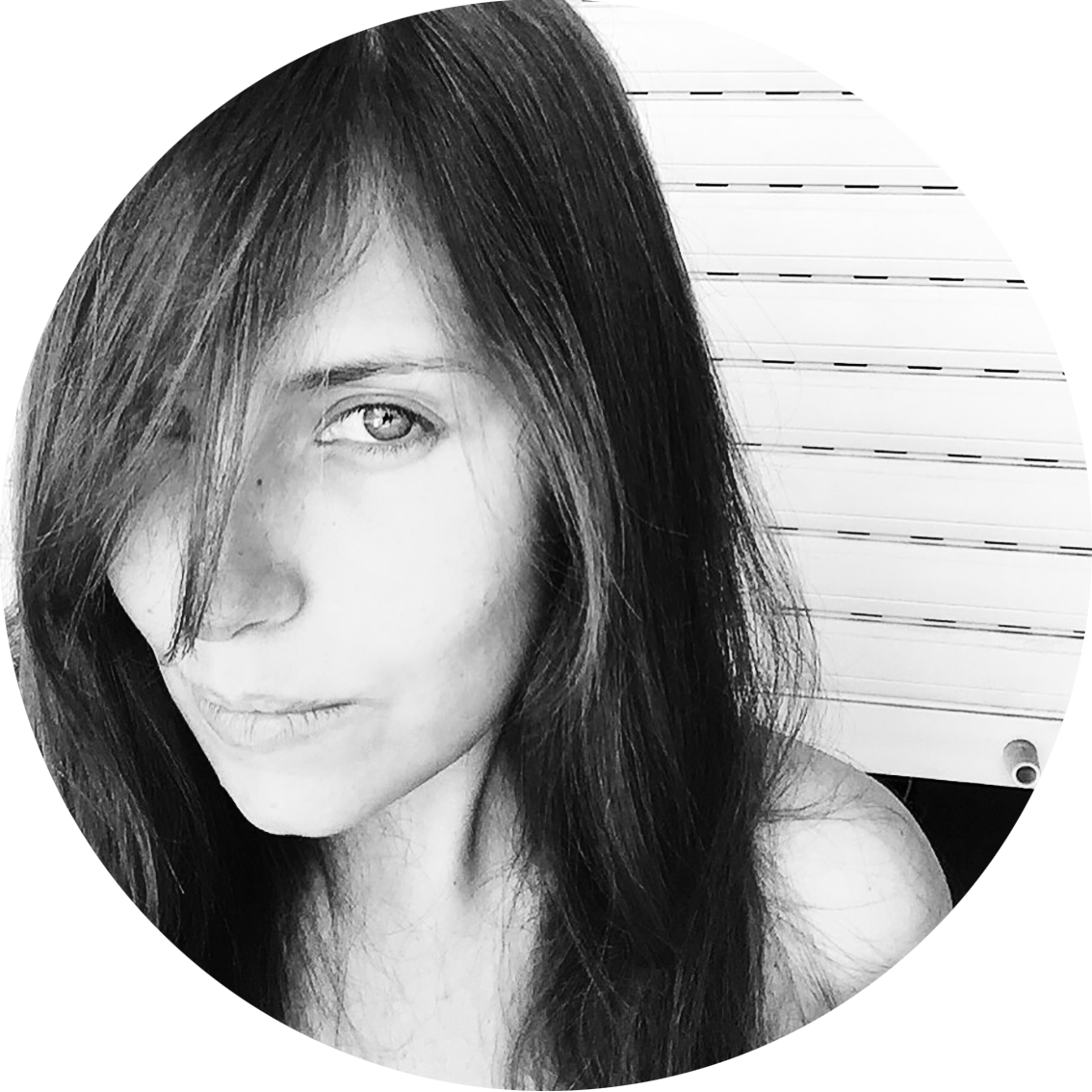The Icons Issue
Cecil Beaton was a man of worship in more ways than one. In addition to the Fashion Photography icon he became, he was a man passionate about the cult of Beauty. Beauty of the individual, the setting, the lifestyle. Throughout his life, personal and professional, he captured in frames what fed his reality: an imaginary guided by the beautiful, not always without controversy, sometimes even strange, almost always to fill the gaps of what he wanted in his life.
If Cecil Beaton (1904-1980) were alive today, he would be nothing short of a controversial character. Openly admitted as a lover of the aesthetically pleasing, despising the ugly, aging (even his own), and an avid supporter of the aristocracy to which he desperately wanted to belong to (he grew up in a middle-class family and never lacked for anything but he would later confess that he ended up realizing he wouldn't have as much money as he would have liked), he wrote phrases like “perhaps the second most heinous crime in the world is boredom; the first is to be boring”, or, even, sharing how disappointed he was with Greta Garbo's aging, his most publicized relationship, making comments about her wrinkles, her lack of shine, the fading of her beauty. In fact, during his lifetime, six volumes of diaries were released, covering the years 1922 to 1974, which, according to their editor, Hugo Vickers, were blunt in their discourse: “in those published, opinions are softened, famous figures are hailed as marvels and triumphs, while in the originals Cecil manages to be the most venomous I have ever read or heard in the most shocking conversations”. “If it's snobbish to prefer people who are interesting, smart, or beautiful, and who know how to make the most of their assets creatively, then I'm a snob. But I don't like people just because they are born rich, because they are often boring and mediocre”, he would clarify about these perceptions, as cited in the 2004 BBC documentary, Cecil Beaton: Beneath the Glitter. His brutal honesty might not have a place with such ease in a current society where political correctness, cancel culture and freedom of expression masked as censorship dominate (or vice versa), but his way of being, avant-garde for his time - he had relationships with men and women in an extremely conservative era -, and his aesthetic vision certainly was and is greater than the time in which he lived, still having resonance today and arousing emotions in those who admire his irreproachably and strategically lit photography in black and white. Fashion photographer, for Vogue in particular, he also photographed for the British Royal Family, (and even as a witness to the times of World War II in the United Kingdom), and taking photographs that revealed beauty was what moved him - and this was not limited to features perfect. It was about elegance, extreme style, framing, environment, lifestyle, and this timeless aesthetic made him an icon of his, ours and the times to come.
The passion for film arrived early, at the hands of an unusual influence. As a child, he must have been about 11 years old, he had a nanny with a Kodak 3A camera and it was she who started teaching him the basics of photography and film developing. He had always admired the portraits of aristocratic women and actresses that he saw in publications and in Sunday newspaper supplements, so he used his sisters and mother as models in an attempt to recreate this aesthetic. As he began to master the technique a bit more, he’d send photos to London society magazines, often writing under a pseudonym that "recommended" Beaton's work. His proactivity and boldness paid off: he managed to get a patron to sponsor his first solo exhibition, in a London gallery, in 1926, which was very well received - he was never known as a very technical photographer, but he was excellent at creating the perfect aesthetic moment - and which served as the trigger for his exclusive contract for several years with Vogue US, starting in 1927. He moved (quite) well this and that side of the Atlantic, also photographing for the British edition of the title, in a circle that included the professional colleagues (also contributors to Vogue, in this case, French one) George Hoyningen-Huene and Horst P. Horst. The exchange and cross-pollination of ideas between this group of artists gave rise to the look of style and sophistication for which the 1930s is known and Beaton's portraits of fashion and society one of the ex-libris of the era in this area of the arts. He worked as a photographer for Vanity Fair in addition to Vogue, and even photographed celebrities in Hollywood, a career that prospered and gave him some swagger. Perhaps even too much: in 1938, he wrote a derogatory name for Jews - kike - multiple times in American Vogue alongside an illustration about New York society. The letters were tiny, but the legibility was enough to get him fired from the publication. He denied vehemently that he was racist - indeed, he was just a victim of his inconsequential oratory and unnoticed arrogance -, but the damage was done: he returned to England, where the Queen recommended him to the Ministry of Information and he became an important photographer for war, known for his images during the German Blitz in the United Kingdom, a phase represented by photos of local girls and in particular by the unforgettable portrait of a 3-year-old child, Eileen Dunne (1940), in a hospital bed in the north of England. During this time, Beaton also captured wartime artists such as poet Cecil Day-Lewis, composer Benjamin Britten and the memorable rehearsal of the elderly Walter Sickert and his wife Helen Lessore in their garden near Bath in the 1940s. His style refined and his reach widened - he also frequently photographed the Royal Family for official publication, since 1939, with Queen Elizabeth, the Queen Mother, being his favorite royal model; it was Cecil who took the famous wedding photos of the Duke and Duchess of Windsor and photographed Princess Margaret in a cream Dior dress on her 21st birthday in 1951, which became one of the most iconic royal portraits of the 20th century -; Beaton's career was restored.
And rightly so (and fortunately so): his style of photography had its own signature - still easily recognizable today - that focused not only on the central protagonist, but on the entire frame of the image. He was a pioneer in creating background scenes, which served as a distinctive factor in his photographs and was even unprecedented at the time, even disruptive, especially in the images he created for Vogue. There was something melancholic and sophisticated in equal measure, intensity and serenity, rudeness and softness, giving protagonism to the subject, but without removing importance from the surroundings. It is no wonder that he collected and immortalized so many well-known faces on film: in the post-war period, for example, Beaton photographed the existentialist writers Albert Camus and Jean-Paul Sartre in Paris, and emerging actors in America, the young 21- year-old Marlon Brando and Yul Brynner, and, of course, the elusive Greta Garbo, his longest romance. In the 1950s, he also produced many of his most famous portraits of women, with the likes of Audrey Hepburn, Maria Callas, Elizabeth Taylor, Grace Kelly and Ingrid Bergman making his list of icons. The male leads included Francis Bacon, Lucian Freud, John Betjeman, Sugar Ray Robinson, Frank Sinatra, Sammy Davis Jr and Dean Martin. “Be bold, be different, be impractical,” he once declared. “Be anything that asserts integrity of purpose and imaginative vision against those who play it safe, the creatures of the commonplace, the slaves of the common,” and he lived up to his own motto. By the time he was photographing for Vogue and Vanity Fair, he had developed a style of portraiture in which the model became just one element of a general decorative backdrop, dominated by backgrounds made from unusual materials such as aluminum foil or papier-mâché. The results, which combined art and artifice, were both exquisite and exotic or bizarre, but always elegant, and photography became his main calling card, even posthumously. But Beaton was a man of a thousand trades - in the realm of the aesthetically interesting and entertaining, of course. In addition to his diaries, he also expanded his activities to the stage, designing costumes and sets for theater and cinema. In fact, in 1956, he began working on the costumes for the first stage version of My Fair Lady with Julie Andrews and Rex Harrison and would continue with the production in its various forms, winning the Oscar for Best Costume Design for the film version, starring Audrey Hepburn, in 1964. In the meantime, he also won one for his work in another major musical film, Gigi (1957), with Leslie Caron, and also four Tony Awards for his contributions to several plays on Broadway. His proficiency in the arts also fueled his busy personal life: he moved in the best circles and had relationships with several men and women, full of frustrations and heartbreaks, it is said, including in his list of romantic conquests the former Olympic fencer and professor Kinmont Hoitsma (his last lover), actresses Greta Garbo and Coral Browne, dancer Adele Astaire, Greek socialite Madame Jean Ralli and British socialite Doris Castlerosse. Greta Garbo, in particular, with whom he had a relationship in the mid-40s (he had been fascinated by her since they met in 1932) was possibly the passion of his life. He wanted to marry her, the documentary Beneath the Glitter said about the photographer, considering her the missing piece to his perfect social image, but for Garbo the relationship with Cecil was a cosmetic elixir, her outlook on sex was much more pragmatic: sex was good for the skin and when her skin wasn't in its best shape, sex was necessary, the biopic mentioned, noting that for Greta, the relationship was much more casual than the photographer's intentions would have been. Even so, throughout their alliance, the actress relegated her disdain for the spotlight to the background and allowed herself to be captured in the photographs of Cecil Beaton, who confessed in an interview that “she was the most difficult protagonist, because despite being the model who anyone would like to photograph, I mean, she can't look bad from any angle, she's the person who just doesn't want to be photographed.” But he admitted that she had the perfect features for the camera: Garbo had perhaps the most photogenic face of any decade and Cecil adored her perfect beauty and was fascinated by her mystique. The more unreachable she became, the more he clung to her. Garbo trusted him enough to make him one of the few people allowed to photograph her after her film career ended. Eventually, his objectification of the actress became fatal to a relationship that had always been somewhat tortuous.
But her photographs survived for posterity, and so many others. In fact, a testimony of Beaton's flexibility and skill is that he even reinvented his photographic style for a new decade. In the sixties, he renewed his enthusiasm by working with some of the era's most brilliant cult figures, such as David Hockney, Jean Shrimpton, Rudolf Nureyev, Mick Jagger and Twiggy (his portraits of the model are largely emblematic). His notoriety was such that he was knighted in the New Year honors of 1972, but all his achievements were not enough to appease his inner turmoil, which intensified as the years went by: in 1974, together with the difficulty in dealing with the loss of youth inevitable with his advancing age, he suffered another blow, not only physical but psychological, with a stroke that left him permanently paralyzed on the right side of his body. Still, Beaton continued a painful work schedule, whether working on the Barbra Streisand film On a Clear Day You Can See Forever or photographing Warhol and his entourage in New York. But although he learned to write and draw with his left hand and had cameras adapted, Cecil became frustrated by the limitations this placed on his work and worried about his financial security in old age. In 1976, he began negotiations with Sotheby's, which acquired his archive (except the portraits of the Royal Family and the five decades of prints kept by Vogue in London, Paris and New York), then auctioned it off in order to guarantee Beaton an annual income. The first of the five auctions was held in 1977, the last in 1980 - over these years the artist's health had deteriorated greatly and the photographer eventually passed away on January 18th, 1980 at Reddish House, his home in Broad Chalke, Wiltshire, four days after his 76th birthday. But not his work: the unavoidable mastery of his photography is continually revisited and the black and white images paint in all colors the elegance of his artistic vision, which, even 44 years after his death, remains as iconic as the man, the life and legacy of Sir Cecil Beaton. “The truly fashionable are those beyond fashion,” he said – and he was one of them.
Translated from the original in Vogue Portugal's The Icons Issue. Full credits and stories in the print issue.
Most popular
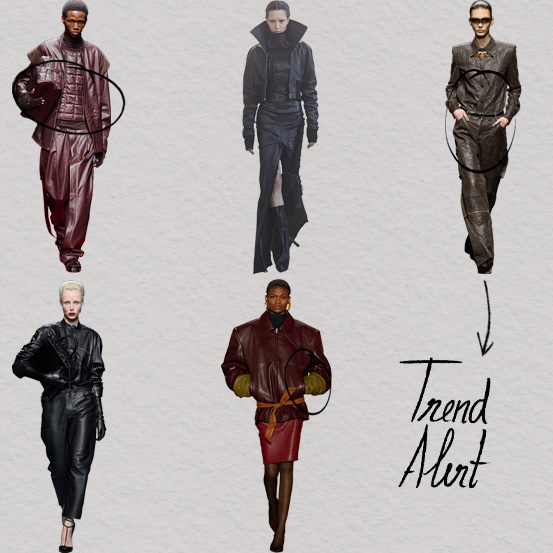
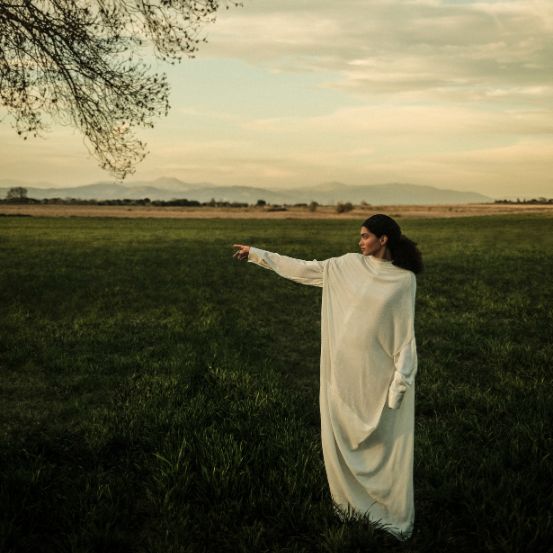
Relacionados
.jpg)

